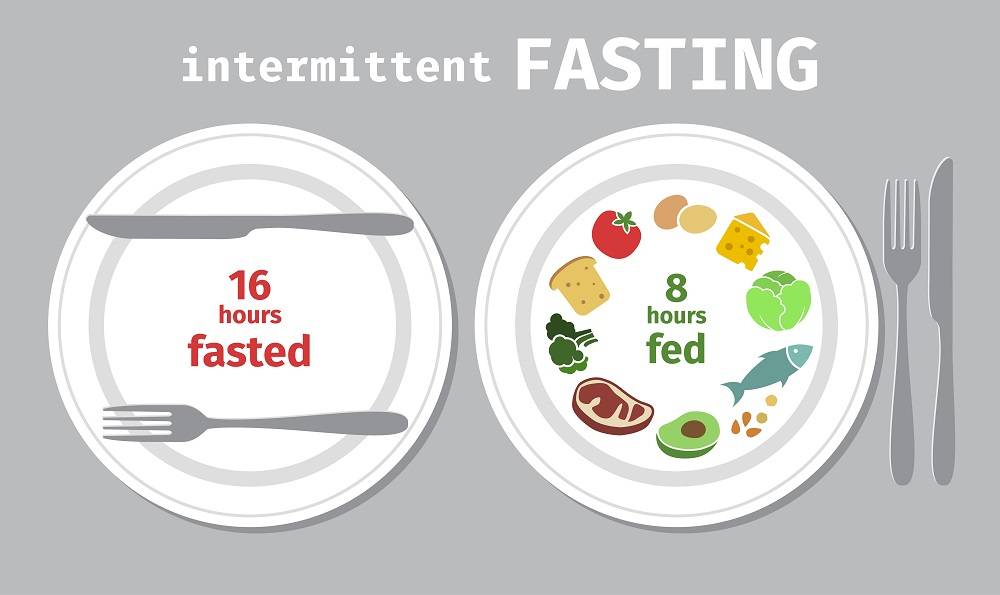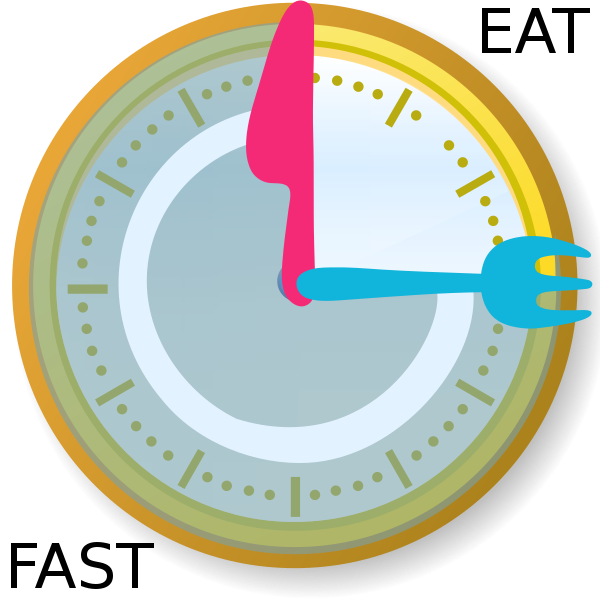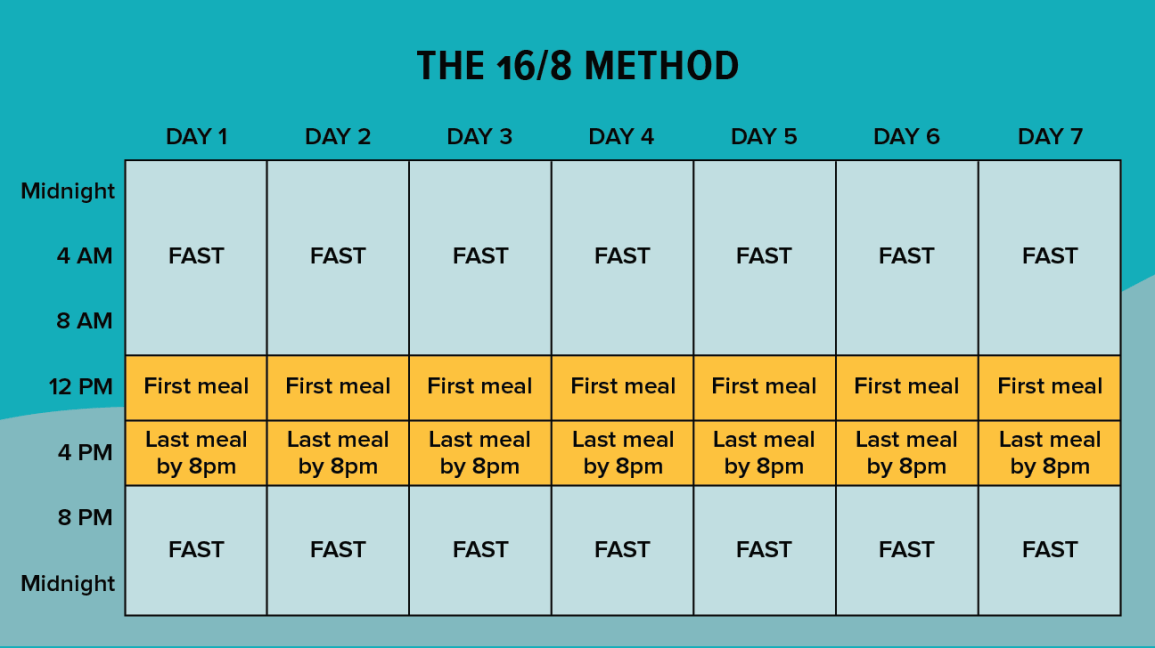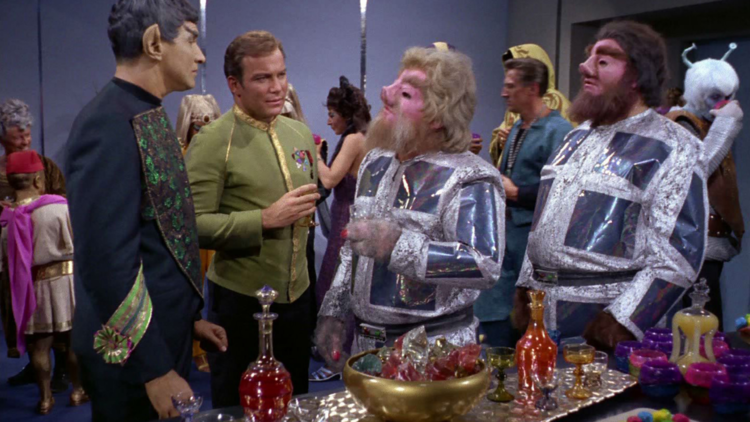In August 2019, I’d had enough. I was wearing the largest sized jeans I’d ever worn, though I’d weighed more the year before. I’d done a ton of reading, pondering, self-debate, and finally decided to start. It was time to try intermittent fasting.
I had a couple of friends who had tried it and vouched for it, as long as you stuck with it. They mimicked the same success stories as I’d been finding on the IF subreddit, though my friends didn’t seem to model the same discipline. I was bound and determined to be one of the long-term success stories. I wanted to be able to share my before and after photos with people. Most of all, I wanted to be comfortable in my body again.
What is intermittent fasting? At the most basic level, it means a routine of habitual fasting. Simply pick your feeding window (how long and what times you are allowed to eat), and don’t eat any time outside of your “feeding window.” I started with 16:8; 16 hours of fasting and 8 hours where I could eat. My time window was 11am to 7pm.

Your fasting time is the key here. As you go longer and longer without eating, your body undergoes some chemical changes. After the twelve-to-fourteen hour mark (for most people), your body enters a ketogenic fast – or ketosis. At this point, your body begins looking at the fats in your body for energy. The longer you fast, the more ketones your body produces, the more fat you burn by being alive. Ketones are also responsible for helping to reduce inflammation, which is great for people experiencing pain and other symptoms associated with inflammation.
Now this is where folks who have tried a ketogenic diet may say, “well, ketogenic dieting didn’t work for me.” The key difference between a ketogenic diet and ketogenic fasting is that you aren’t providing any calories to supplement your body in burning fat. It doesn’t get an alternate fuel. Fasting is not a diet, it is a schedule.
 When I began, I knew I’d be hungry. I was. The first two weeks are the “make or break” period. Either you will cave in and give up, or you will find the way to push through and keep going. Be kind to yourself. If you stumble, or absolutely have to break the fast early, try again tomorrow.
When I began, I knew I’d be hungry. I was. The first two weeks are the “make or break” period. Either you will cave in and give up, or you will find the way to push through and keep going. Be kind to yourself. If you stumble, or absolutely have to break the fast early, try again tomorrow.
Once you start finding your rhythm, you can start tweaking things. Need to catch a late dinner with friends tomorrow? Consider eating later today, preparing for a longer fast tomorrow, and for eating later the following day. Want a cheat day? Does cheating mean you can eat whenever, or just whatever you want (I highly recommend maintaining your feeding window whilst spoiling yourself)? You can start adjusting your fasting times to longer stretches as your body attunes to your routine. It became common for me to reach 16, 18, 20, 22 hours and still not be starving when I decided to finally eat.
Find a way to stay accountable. I use an app called Zero to track my fasting-feeding windows. It has a little timer that turns green once your fasting time ends. It even keeps track of hours and days completed (today is my 638th day in a row, with over 7,500 hours in the last year) and gives you cute medals when you reach milestones. If you are looking to calorie count whilst doing IF (you should!), I recommend MyFitnessPal. It provides tailored calorie goals to obtain your goals, as well as the ability to scan packaged items and custom amounts of various foods.
My goal was moderate. I was looking to drop about 60 pounds. After stumbling on day 10, I got serious. I did not skip a day of fasting, though I did allow myself 2-3 cheat days a month to break my calorie limit. I did not change most of my other habits. I did not press myself to exercise more than I did before. I did eat slightly better, but that was a side effect of working with a 1200 calorie budget. I often went 18 to 21 hours fasting, and my longest ever was 27 hours. 13 months later, and one day before my birthday, I reached my 60-pound loss goal! I shrank five pants sizes! It has been eight months, and I still fast. But now I allow myself to waver within 5 pounds of my goal. My agenda is now maintaining my loss.
If anyone reading this has questions or would like resources or encouragement, or just someone to share progress with, my inbox is always open.
As a final bit of advice, I will share my list of DOs and DON’Ts for IF.
DO:
- Use an app to stay accountable! It is much easier to stay on schedule if you check your app and see that big red clock encouraging you to wait another 30 minutes.
- Calorie count! You want to make sure you are burning enough calories to exceed what you are eating.
- Have cheat days, whether this means breaking fast early or allowing yourself more calories than normal!
- Be kind to yourself! Progress can be slow, and sometimes you will plateau on your weight loss. Remind yourself that you are still doing what you think is best, and take a moment to evaluate where you can make small changes.
- Chew slowly! Taking time to chew and savor your food will increase your enjoyment as well as give your body time to signal when you are full.
- Invest in a scale! Weigh yourself at the same time every day and log it in whichever app you like. Seeing the downward trend over time is a huge motivator!
- Take a before photo! Nothing feels better than looking back at that picture and saying “Wow!”
- Celebrate small victories!
DON’T:
- Compare yourself to others! So-and-so lost 100 pounds in eight months. Who cares?! They aren’t you!
- Overeat on your normal days, or allow yourself multiple cheat days in a row! Excess calories and/or sugar can affect the way your body responds later. Limit yourself, and be firm with yourself.
- Substitute 0-calorie sweeteners in place of sugar while fasting! Although these sweeteners are 0-calorie, they can cause your body to react as if they were sugar. Triggering a false insulin response can and will throw you out of ketogenic fasting.
- Forget that beverages count! Cream in coffee, sugar in sodas, and alcohol still contribute to your caloric intake. Make black coffee or unflavored/unsweetened tea/water your friend. Save calories for foods that fill you up!
Intermittent fasting and weight loss is a marathon, not a race. It doesn’t matter how long it takes to hit your goal as long as you get there.

